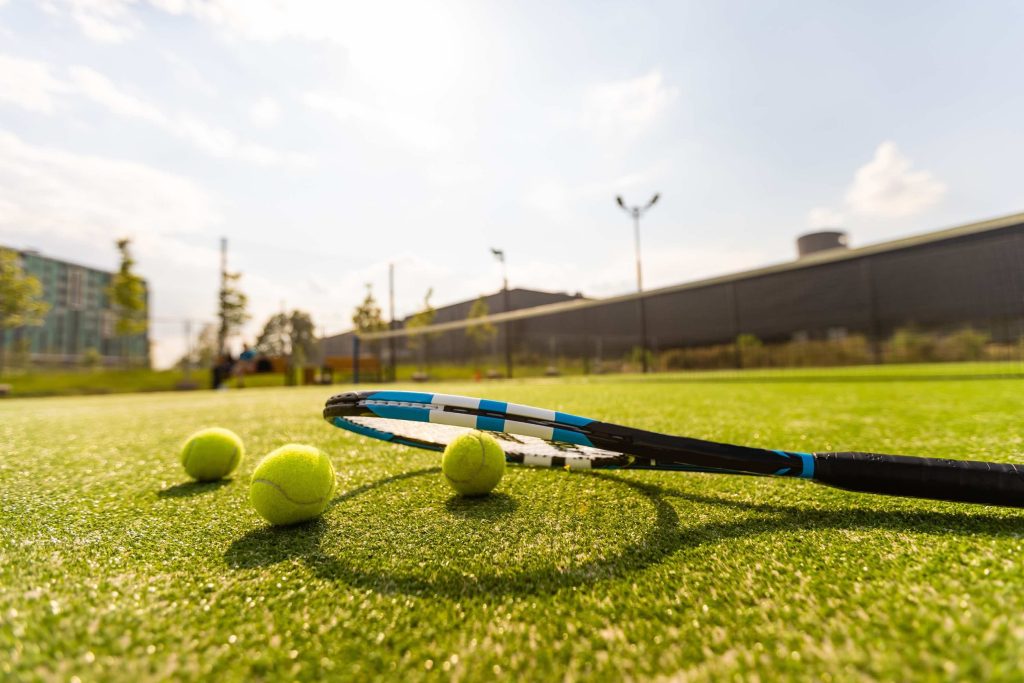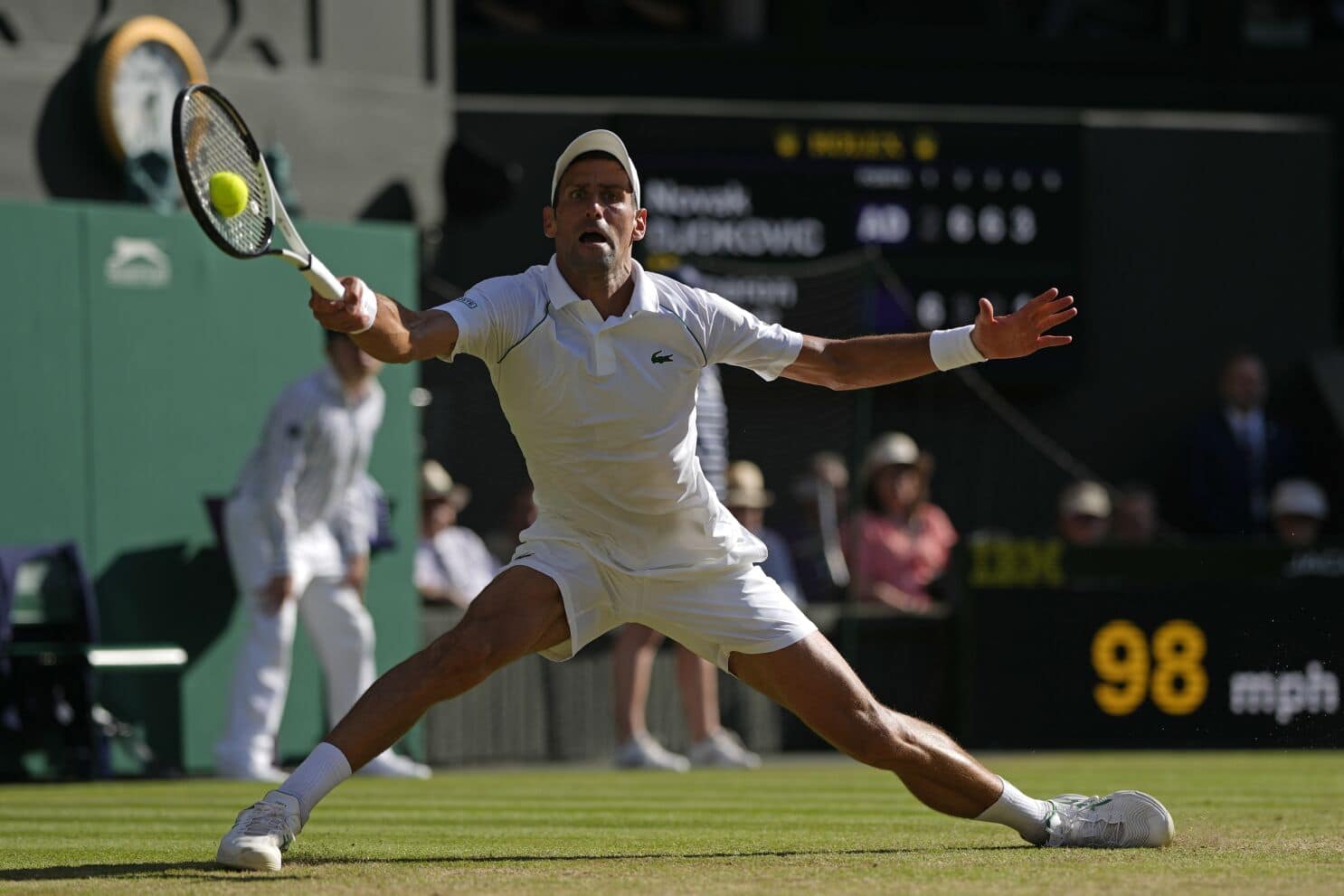In professional tennis, the surface on which matches are played holds immense significance, not just for the players but also for the fans who closely follow the sport. Transitioning from traditional grass courts to modern hard courts has been pivotal in tennis history, shaping the game’s dynamics, strategies, and players’ perspectives. In this comprehensive article, we delve into the nuances of this transition, exploring the reasons behind it, its impact on players, and how it has changed how we perceive tennis tournaments.
Evolution of Tennis Surfaces
Tennis, as we know it today, has undergone significant changes over the centuries. The sport’s origin can be traced back to grass courts, where players engaged in gentlemanly matches in white attire. However, with the passage of time and technological advancements, tennis courts began to transform. The shift from grass to hard courts brought about a revolution in the way the game was played and experienced.
The Reasons Behind the Transition
Several factors contributed to the shift from grass to hard courts. While grass courts exuded a certain charm and elegance, they posed challenges in maintenance and consistency. The delicate nature of grass made it susceptible to weather conditions, leading to uneven bounces and varying speeds, affecting players’ performance. On the other hand, hard courts offered greater durability and uniformity, allowing players to adapt their strategies more effectively.
Impact on Players’ Performance
The transition from grass to hard courts significantly impacted players’ playing styles, physical demands, and overall strategies. Here’s a closer look at how the shift influenced the athletes:
Playing Styles
Hard courts encourage a more aggressive style of play compared to grass. The ball’s consistent bounce and moderate speed on hard courts allow players to execute powerful groundstrokes and engage in longer rallies. This shift favored players with strong baseline games and powerful serves, altering the dynamics of matchups and rivalries.
Physical Demands
Hard courts are generally considered more demanding on players’ bodies due to their unforgiving surface. The repetitive impact from sudden stops starts, and lateral movements can increase strain on joints and muscles. As a result, players had to adapt their training routines and fitness regimes to minimize the risk of injuries.
Strategic Adaptations
With hard courts providing a more predictable playing surface, players had to refine their strategies. The uniform bounce allowed them to accurately anticipate shots, leading to more strategic shot placements and tactical approaches. This strategic evolution was evident in the emergence of players who excelled in adapting their game to the demands of hard courts.

Changing Landscape of Tennis Tournaments
The transition from grass to hard courts brought about a seismic shift in the landscape of tennis tournaments worldwide. While traditional grass-court tournaments like Wimbledon retained their historical significance, the proliferation of hard-court tournaments reshaped the sport’s calendar and global reach.
Global Appeal
Hard-court surfaces are versatile and can be used in various climates, making them ideal for tournaments across continents. This global appeal expanded the sport’s fan base and allowed players from diverse backgrounds to excel on a level playing field.
Variety of Tournaments
The introduction of hard-court tournaments introduced a new layer of diversity to the tennis circuit, from slow hard courts that favored defensive players to fast hard courts that rewarded aggressive play, the spectrum of hard-court surfaces offered a range of challenges that players needed to master.
Decoding Grand Slam Success
The transition to hard courts impacted the balance of power in the Grand Slam tournaments. While grass-court specialists continued to thrive at Wimbledon, the U.S. Open and Australian Open saw a surge of players who had honed their skills on hard courts. This shift made the race for Grand Slam titles even more competitive and unpredictable.
Conclusion
Tennis’ transition from grass to hard courts is a testament to the sport’s adaptability and evolution. The change influenced players’ playing styles and strategies and reshaped the global tennis calendar. As fans witness epic matches on the hard courts, we’re reminded that tennis is a dynamic sport that continues to transform with the times.

